Peripheral Nerve Stimulation
Peripheral nerve stimulation (PNS) has emerged as a promising therapeutic modality in the field of pain management. This innovative approach involves the targeted electrical stimulation of peripheral nerves to alleviate chronic pain, presenting a valuable alternative for patients who may not respond well to traditional treatments.
Indications for Peripheral Nerve Stimulation:
Neuropathic Pain:
PNS is particularly effective in managing neuropathic pain conditions, such as diabetic neuropathy, post-herpetic neuralgia, and complex regional pain syndrome (Deer et al., 2016). The targeted stimulation helps modulate aberrant neural signals and provides relief from chronic neuropathic pain.
Chronic Back Pain:
Patients experiencing chronic back pain, especially those who have not responded adequately to conventional treatments, may find relief through PNS. This includes conditions like failed back surgery syndrome (North et al., 2016).
Peripheral Arterial Disease:
PNS has shown promise in improving symptoms related to peripheral arterial disease, such as claudication and ischemic pain (Cheema et al., 2018). The electrical stimulation helps enhance blood flow and mitigate associated pain.
Benefits of Peripheral Nerve Stimulation:
Targeted Pain Relief:
PNS offers highly targeted pain relief by directly influencing the specific peripheral nerves involved in generating pain signals. This precision minimizes the risk of systemic side effects often associated with medications.
Improved Functionality:
Patients undergoing PNS may experience improvements in overall functionality and quality of life. By mitigating chronic pain, individuals can regain the ability to perform daily activities with greater ease.
Reduced Medication Dependency:
Peripheral nerve stimulation can contribute to a reduction in the need for pain medications, thereby mitigating potential side effects and dependencies associated with long-term medication use (Kapural et al., 2015).
Peripheral nerve stimulation stands at the forefront of pain management innovation, offering targeted relief for various chronic pain conditions. With ongoing research supporting its efficacy and expanding applications, PNS is poised to play a pivotal role in providing personalized and effective solutions for individuals grappling with persistent pain.
Please note that while the studies mentioned provide valuable insights, it is essential to consult with healthcare professionals for personalized medical advice and treatment options.
Research Support for Peripheral Nerve Stimulation:
Deer, T. R., Levy, R. M., Kramer, J., et al. (2016). Dorsal root ganglion stimulation yielded higher treatment success rate for complex regional pain syndrome and causalgia at 3 and 12 months: a randomized comparative trial. Pain, 157(7) , 1499–1504.
- This study highlights the efficacy of PNS, particularly dorsal root ganglion stimulation, in treating complex regional pain syndrome.
North, J. M., Hong, K. J., & Cho, P. Y. (2016). Clinical outcomes of 1 kHz subperception spinal cord stimulation in implanted patients with failed paresthesia-based stimulation: results of a prospective randomized controlled trial. Neuromodulation: Technology at the Neural Interface, 19(7), 731–737.
- The study investigates the clinical outcomes of PNS, specifically subperception spinal cord stimulation, in patients with failed paresthesia-based stimulation.
Cheema, S., Kent, W. D., & Katz, J. (2018). The impact of peripheral arterial disease on health-related quality of life in the Ontario population. Journal of Vascular Surgery, 67(1), 102–111.e3.
- This research discusses the potential benefits of PNS in improving health-related quality of life for individuals with peripheral arterial disease. Kapural, L., Yu, C., Doust, M. W., Gliner, B. E., Vallejo, R., Sitzman, B. T., et al. (2015). Comparison of 10-kHz high-frequency and traditional low-frequency spinal cord stimulation for the treatment of chronic back and leg pain: 24- month results from a multicenter, randomized, controlled pivotal trial. Neurosurgery, 77(5), 667–677.
This pivotal trial compares the effectiveness of high-frequency PNS with traditional low-frequency spinal cord stimulation in treating chronic back and leg pain.



